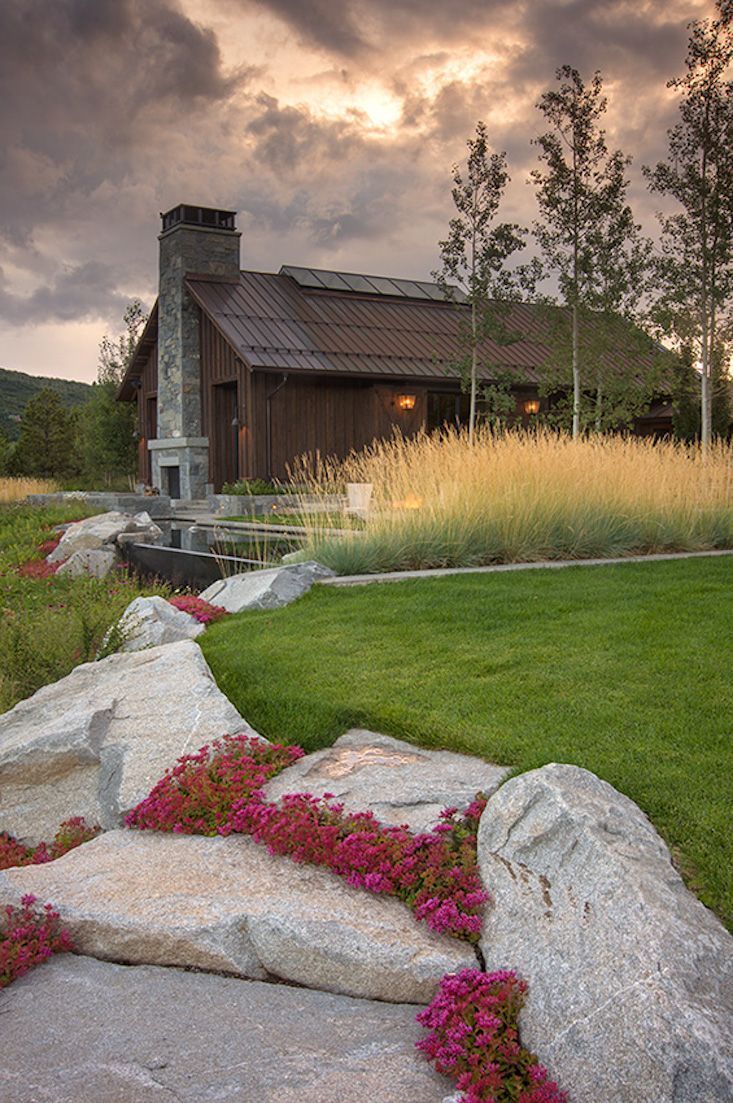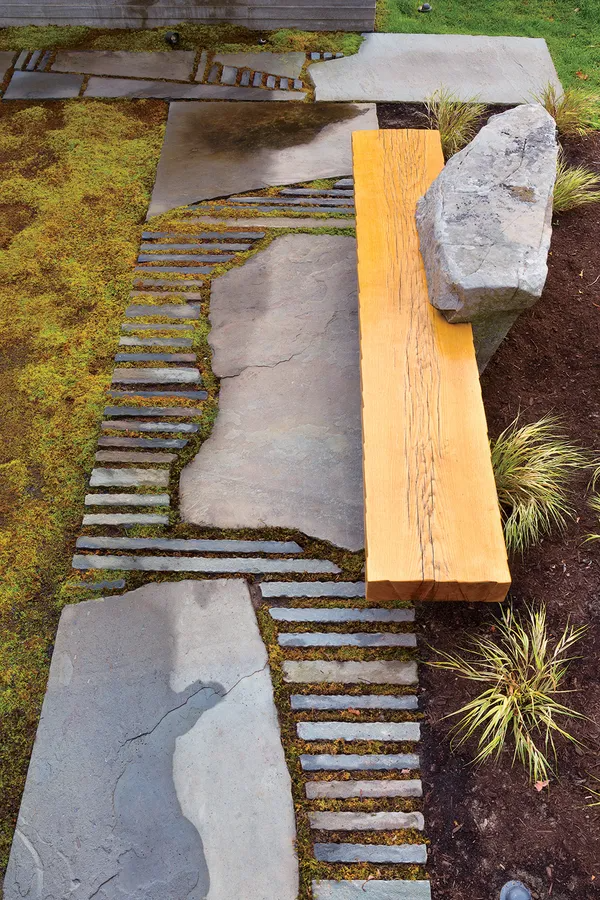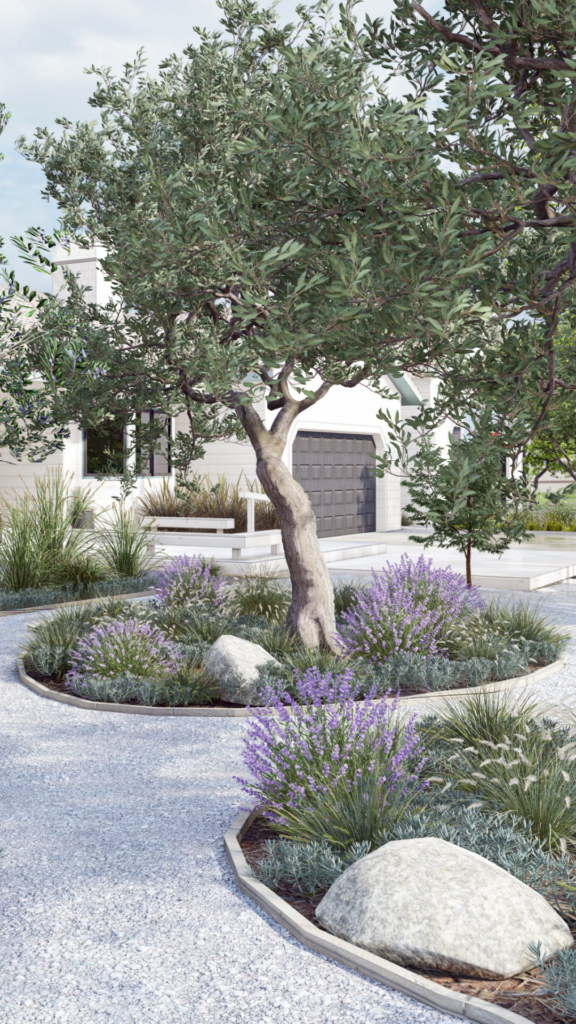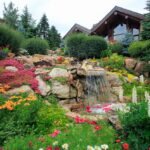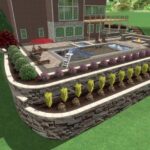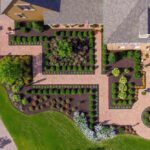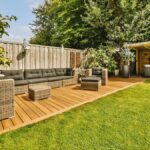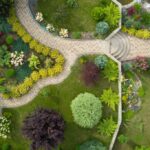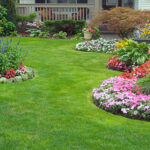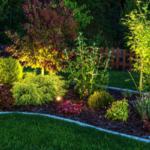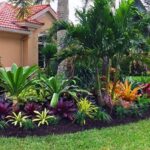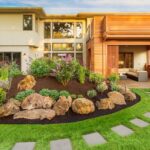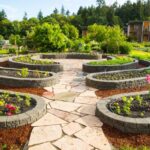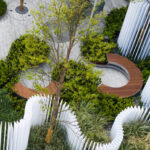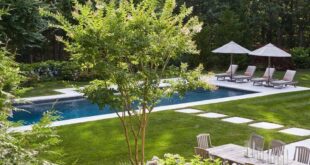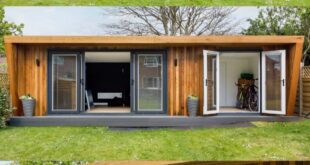Landscape design is an essential element of creating a visually appealing outdoor space. From residential gardens to public parks, the design of the landscape plays a crucial role in determining the overall aesthetic and functionality of the area. There are several key factors to consider when planning a landscape design, including the topography of the land, climate conditions, and the desired use of the space.
One of the most important aspects of landscape design is the layout and arrangement of different elements within the space. This includes choosing the right plants, trees, and shrubs to create a cohesive and visually pleasing design. In addition, the use of hardscape elements such as pathways, patios, and seating areas can help to define the space and create focal points within the landscape. By carefully selecting and arranging these elements, a landscape designer can create a harmonious and balanced outdoor environment.
Another key consideration in landscape design is the use of color and texture. Choosing plants with different foliage colors, shapes, and sizes can add visual interest and create depth within the landscape. Incorporating a variety of textures, such as smooth stones or rough bark, can also enhance the overall design and create a more dynamic and inviting outdoor space. By carefully considering the use of color and texture, a landscape designer can create a landscape that is both visually appealing and functional.
In addition to aesthetics, functionality is also an important factor in landscape design. Careful consideration must be given to the practical use of the space, such as creating areas for relaxation, entertaining, or gardening. By designing the landscape with the intended use in mind, a designer can create a space that meets the needs and desires of the client while also enhancing the overall beauty of the area.
When planning a landscape design, it is also important to consider sustainability and environmental factors. Choosing native plants that are well adapted to the local climate and soil conditions can help to reduce water consumption and maintenance requirements. Incorporating sustainable design practices, such as using permeable paving materials or installing rain gardens, can also help to minimize the environmental impact of the landscape. By considering these factors, a landscape designer can create a beautiful outdoor space that is both aesthetically pleasing and environmentally friendly.
Overall, landscape design plays a crucial role in creating beautiful and functional outdoor spaces. By carefully considering factors such as layout, color, texture, functionality, and sustainability, a landscape designer can create a space that meets the needs and desires of the client while also enhancing the natural beauty of the environment. Whether designing a small residential garden or a large public park, a well-planned landscape design can transform a space into a work of art that can be enjoyed for years to come.
